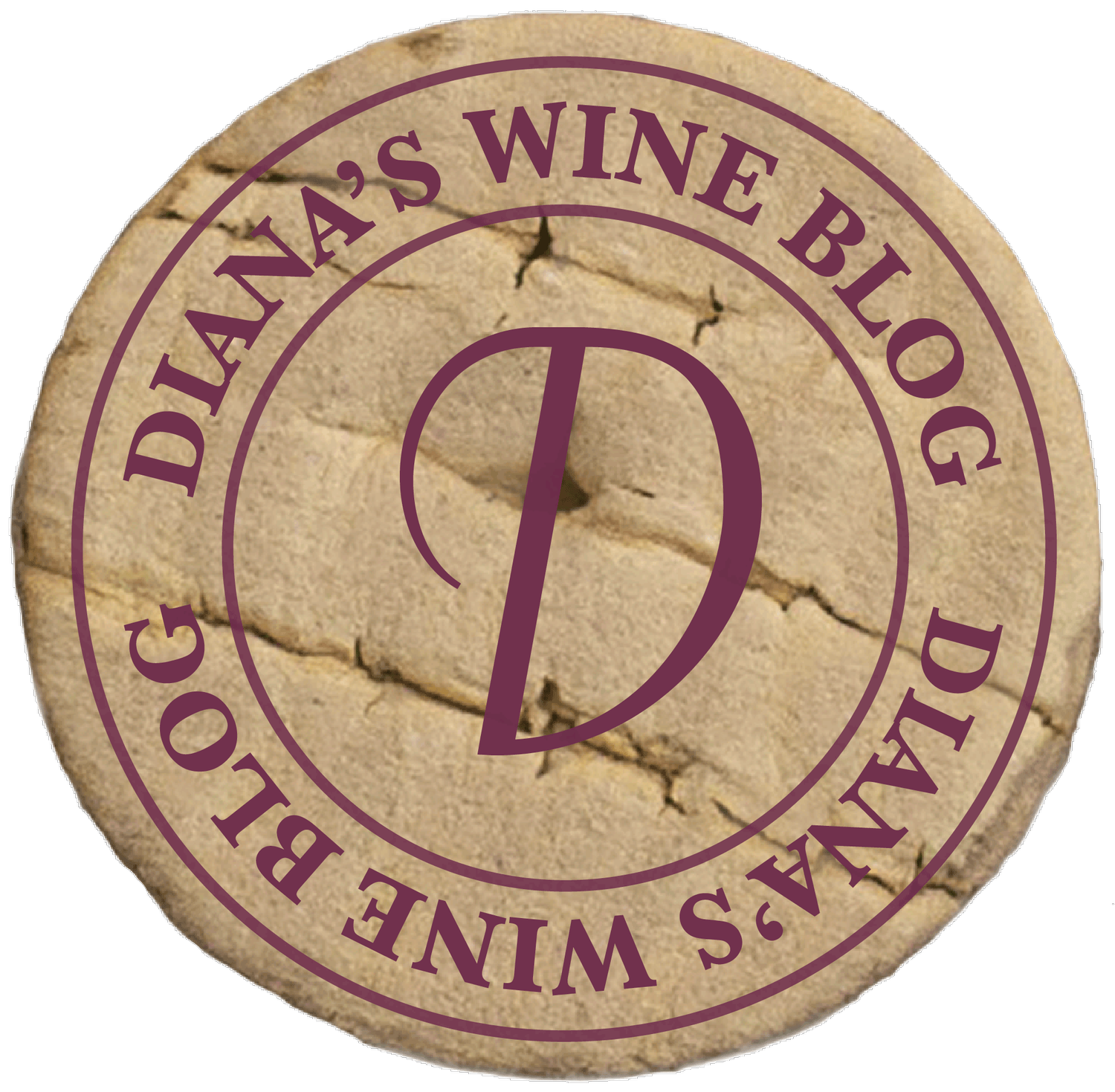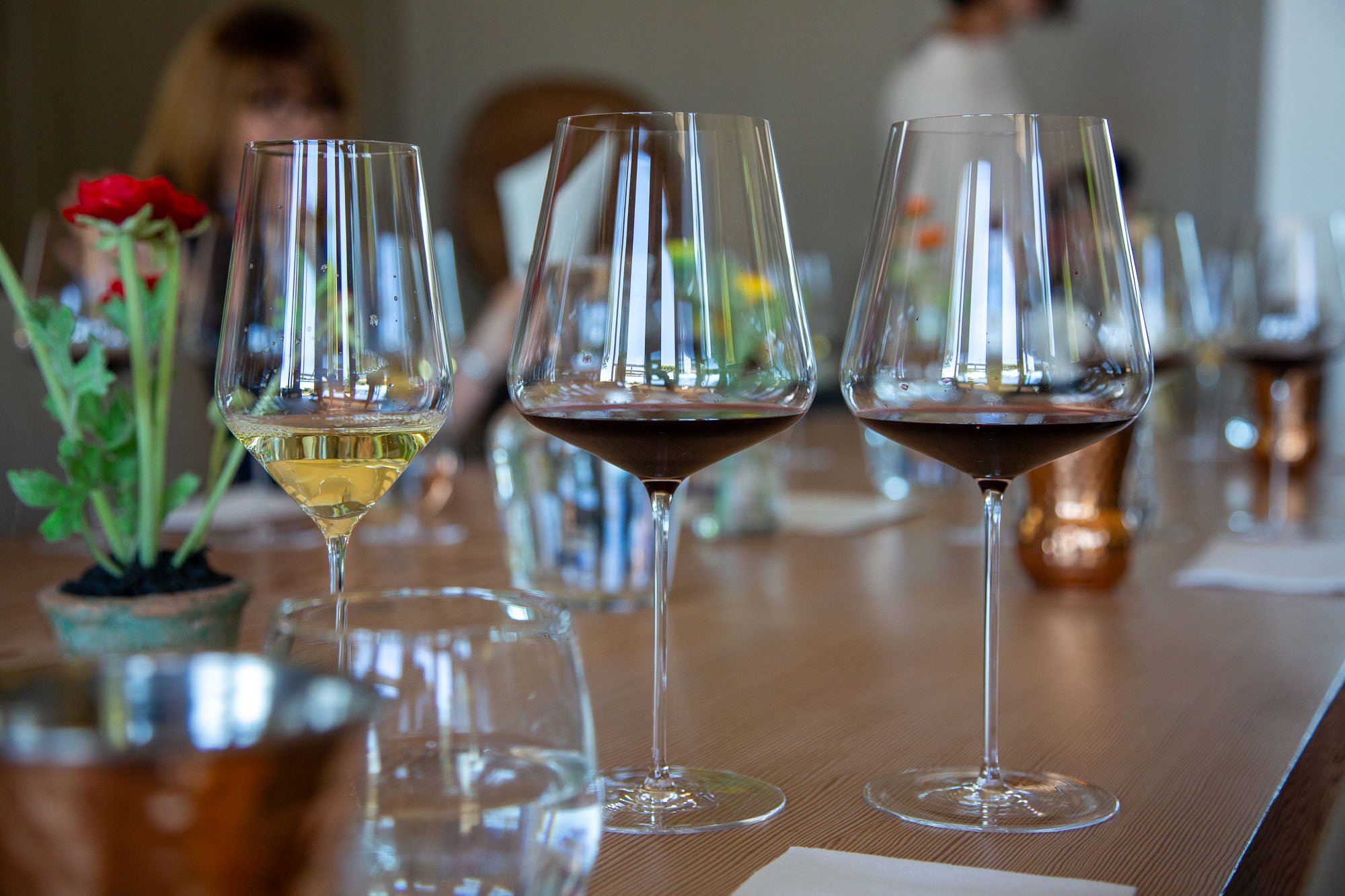Wine: What’s in the Glass?
The first evidence of wine consumption has been traced back to China in 7000 B.C. In 2007, researchers at UCLA discovered the first evidence of a winery in 4100 B.C. According to an article in National Geographic, what we know to be the oldest winery was founded in ancient Armenia.
So wine is an age-old friend, deeply woven into many rituals. You know that, yet do you know what is in your glass? What are the constituents of wine?
Water is the main ingredient in your glass. It is typically 80%-90% of wine and comes primarily from the grapes themselves. After that, the next major component is alcohol, ranging anywhere from 10-15% of the volume. These two components you know well, as they are essential to wine. It is the others in varying degrees, which make the wine unique.
There are a variety of acids that are found in wine which give a wine its structure, balance and refreshing aspects. Think of a great glass of Sauvignon Blanc on a warm summer day. It is the acid that really gives you that aspect of thirst quenching refreshment. Acid will make up approximately 0.5% to 0.75% of the volume. In addition, there are six different acids found in wine, and each contributes a different characteristic.
Sugar is your next important component. Grapes usually contain about 15% to 28% sugar at harvest. The grapes contain two types of sugars in roughly the same amount, Glucose and Fructose. Winemakers will mostly refer to this as Brix, which is the degree of sugar content. One degree Brix is 1 gram of sucrose in 100 grams of solution. The presence of sugar and yeast is what drives the process of fermentation. The higher the sugar levels in the grapes, the higher the level of alcohol. In the glass, even if the yeast have done their job, there will even be a trace amount of sugar that is imperceptible to taste. Wines like this are termed dry. Varying amounts of residual sugar add weight to the wine, and some of the world’s best dessert wines can contain up to 24% or more residual sugar.
The last category of components is phenolic compounds. These occur in small amounts and vary yet can have a large impact on the sensory impact of the wine. The list includes Anthocyanins, Flavonols, Vanillin, Tannins, and the highly investigated Resveratrol. All these molecules are primarily concentrated in the skin and seeds of grapes. Since red wines have much more contact with the grape solids, these wines are more concentrated in phenolic compounds than white wines.
Okay, that was a lot to “drink” in, yet you now know what is in your glass. It may not add to the pleasure yet should add to your understanding.
Enjoy!

